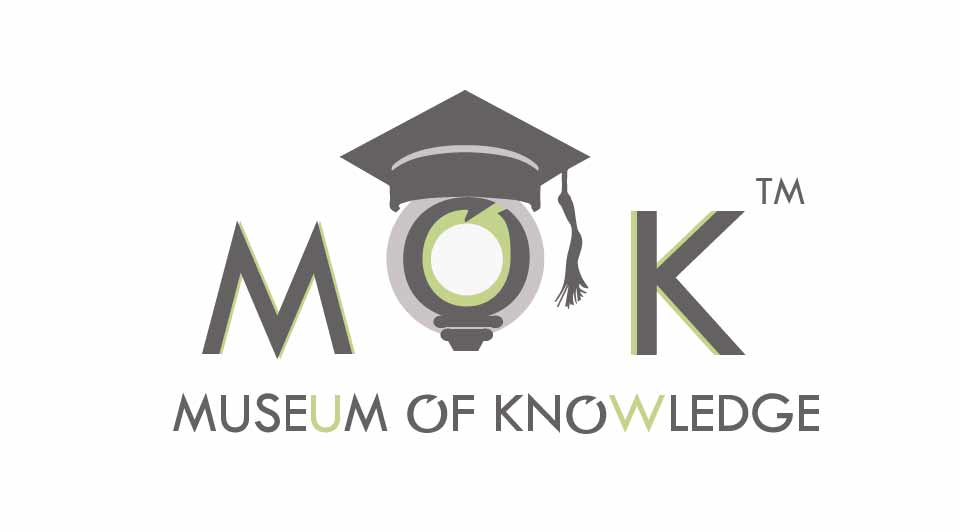The Museum of Knowledge addresses the question often asked by students; what are the most expensive techniques used to learn French?
The Museum of Knowledge would always advise students who wish to learn French that they should not compromise on quality and standards in order to learn a language to a high level.
In order to achieve the best results and gain rapid fluency, various techniques should be deployed such as focusing on vocabulary exercises, grammar and syntax. Such a focus can be obtained through various means such as face-to-face learning (the most expensive technique) or by embracing online courses such as those available at the Museum of Knowledge.
Embracing techniques that adopt a strong emphasis on highly structured, valuable content as opposed to costs, will enable students who wish to learn French to be propelled from an intermediate level to advanced level proficiency rapidly.
Although there are no real short cuts to language learning, such immersion techniques such as those adopted by the Museum of Knowledge in our French language courses are highly effective.




